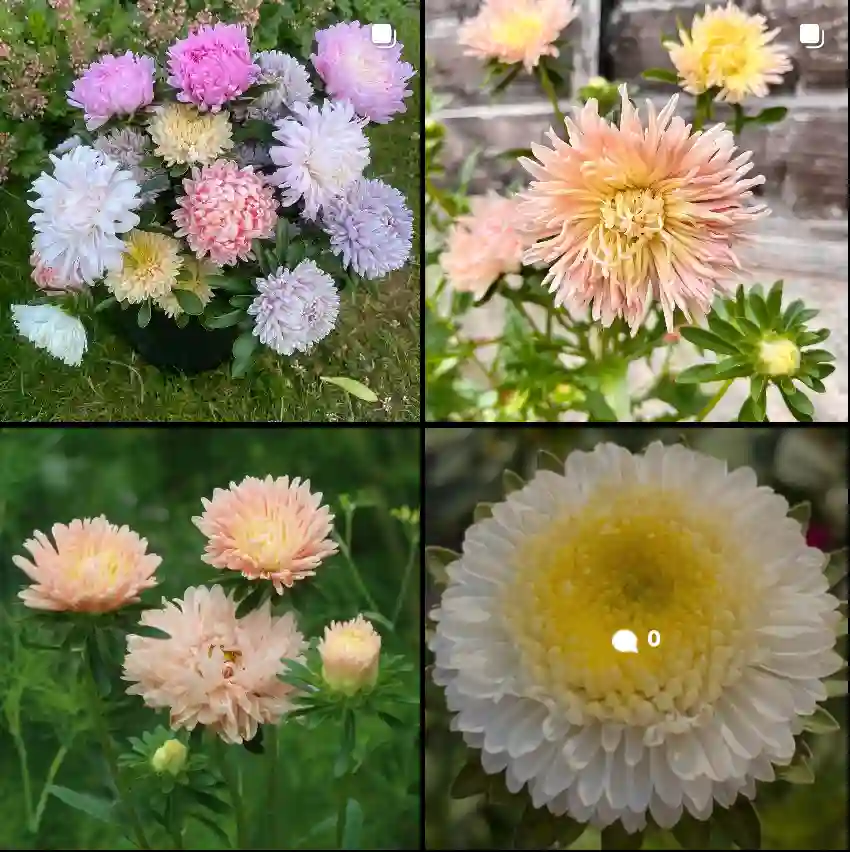All You Need to Know About Oxalis Acetosella: A Chat with Ferb Vu
Hi everyone, Ferb Vu here! Today, we’re diving into the world of a fascinating little plant – Oxalis Acetosella, also known as Common Wood Sorrel. This delicate wildflower packs a surprising punch, both in its charm and its usefulness. Whether you’re a seasoned gardener or simply curious about the natural world, there’s something for everyone in this FAQ.
569 Species in Genus Oxalis
What is Oxalis Acetosella?
Imagine tiny clover leaves with a delightful surprise. That’s Oxalis Acetosella in a nutshell. It’s a low-growing perennial with clover-shaped, trifoliate leaves that fold up at night or when touched. Delicate white flowers with purple veins appear in spring, adding a touch of elegance to shady corners. But the real magic lies in the leaves. They have a refreshingly tart flavor, thanks to oxalic acid, making them a delightful addition to salads or teas.
Where Does Oxalis Acetosella Grow?
This little trooper thrives in cool, damp environments. Think shady woodlands, forest edges, or along streams. It tolerates acidic soil well, making it a welcome companion in gardens with rhododendrons or azaleas. Native to Europe and Asia, Oxalis Acetosella has found its way to North America, where it flourishes in similar conditions.
Is Oxalis Acetosella Easy to Grow?
Absolutely! Its low-maintenance nature makes it perfect for beginner gardeners. It spreads readily through underground rhizomes, forming a charming carpet in suitable conditions. Just provide some shade, moist but well-drained soil, and minimal care. It will happily do its thing, adding a touch of whimsy to your garden.
Can I Eat Oxalis Acetosella?
Yes, and it’s a delightful surprise! The leaves have a pleasant lemony tang due to oxalic acid, similar to sorrel (hence the common name). In small quantities, they add a refreshing zing to salads, sandwiches, or even cocktails. However, be mindful – too much oxalic acid can irritate the throat and stomach. Moderation is key!
Is Oxalis Acetosella Related to Shamrocks?
Not directly, but the resemblance is uncanny! Both Oxalis Acetosella and shamrocks belong to the Fabaceae family, which includes peas, beans, and clover. Their trifoliate leaves are a common feature, though shamrocks typically have three rounder leaflets compared to the heart-shaped ones of Oxalis Acetosella.
Is Oxalis Acetosella Different from Wood Sorrel?
Yes and no. Wood Sorrel is a common name for several Oxalis species, including Oxalis Acetosella. So, technically, they are one and the same. However, some people use “Wood Sorrel” to refer to other Oxalis varieties with different leaf shapes or flower colors. To avoid confusion, the scientific name Oxalis Acetosella is more precise.
Does Oxalis Acetosella Have Any Medicinal Uses?
Traditionally, Oxalis Acetosella has been used in folk medicine for various ailments. Its leaves have been used to treat coughs, fevers, and even scurvy due to their vitamin C content. However, it’s important to remember that these uses haven’t been extensively studied scientifically. Always consult a healthcare professional before using any plant for medicinal purposes.
How Do I Care for Oxalis Acetosella?
As mentioned, Oxalis Acetosella is a low-maintenance plant. Here’s the gist:
- Light: Prefers shade or dappled sunlight. Too much sun can scorch the leaves.
- Soil: Moist but well-drained, slightly acidic soil is ideal.
- Watering: Water regularly during dry spells, but avoid waterlogging.
- Fertilizer: Not necessary, but a light application of organic fertilizer in spring can boost growth.
- Pests and Diseases: Relatively pest and disease-resistant.
Conclusion: A Little Plant with a Big Impact
Oxalis Acetosella is a charming and versatile little plant. It adds a touch of elegance to shady gardens, provides a delightful flavor for the adventurous eater, and even has potential medicinal uses (though consult a professional before trying). So, the next time you’re exploring a cool, damp woodland, keep an eye out for this delightful wildflower. You might just discover a new favorite for your garden or your table.
If i die, water my plants!



